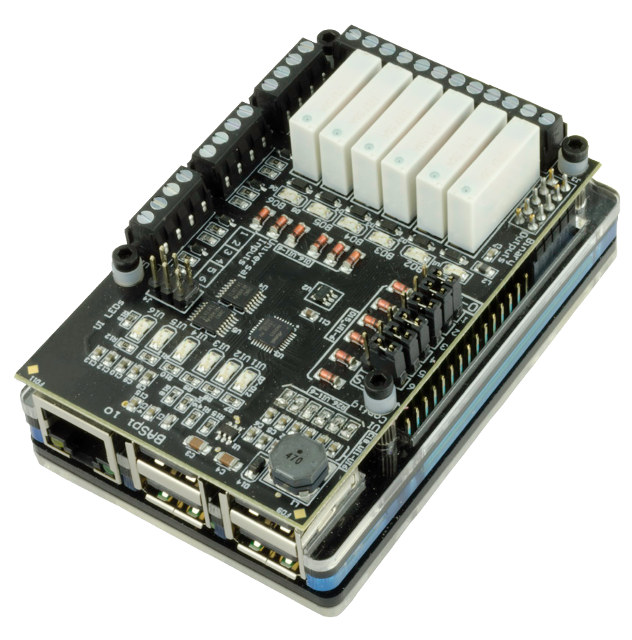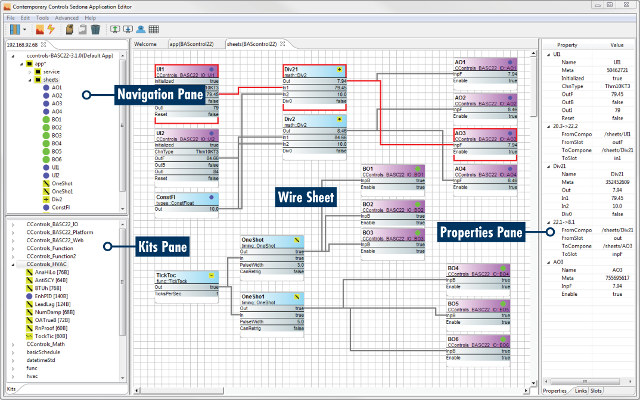BACNet is a data communication protocol for Building Automation and Control Networks that has been developed, supported and maintained by ASHRAE (American Society of Heating, Refrigerating and Air-Conditioning Engineers) Standing Standard Project Committee since 1987, and used as building automation standard in the US, Europe, and more than 30 other countries. It’s used for HVACs, lightings, elevators, fire safety, and other systems used in buildings. It’s also known as ISO 16484-6 standard.
I had never heard of it, but this afternoon, I’ve come across Contemporary Controls BASPi I/O, a Raspberry Pi add-on specifically designed for BACNet, and providing 12 physical I/O points including 6 Universal Inputs and 6 Relay Outputs.

BASPi I/O specifications and features:
- BACnet/IP Server – 12 physical points and 24 virtual points
- BACnet/IP over Ethernet or Wi-Fi
- Resident Sedona Virtual Machine (SVM)
- Input/Output — 12-points of physical I/O
- 6x configurable Universal Inputs: Analog Input, Binary Input, Resistance, Thermistor (10KT2, 10KT3, 20K), Pulse Input (40Hz)
- 6x Relay Outputs
- 24x Virtual Points used to read or write data to/from wiresheet by a BACnet client/supervisor station
- Compatible with Raspberry Pi 3 board
The board is programmable with free Sedona Application Editor, configurable using your web browser, and supports 48 Web Components for live monitoring and control of wiresheet points from the BASpi’s web page.

You’ll need to install Raspbian on your Raspberry Pi 3 board, as well as firmware files provided by Contemporary Controls, or download an all-in-one firmware image provided by Contemporary Controls.
The component also provided a turnkey solution called BASpi System (BASpi-SYS) with the following items:
- Raspberry Pi 3 board
- BASpi I/O board
- 8GB pSLC industrial grade μSD card with pre-written image
- Enclosure case
- 100-240V AC input, 5VDC output wall power supply
- Free graphical programming tool – Sedona Application Editor
- Quick Start Guide for beginners
Pricing for the board and complete system has not be announced yet, but according to the product page, both will be launched on March 1, 2018.
The board is especially interesting thanks to its configurable physical I/Os, but if you just want to control some GPIOs over BACNet, you can do so with Raspberry Pi board – plus any suitable optional I/O board – running BACNet Stack, and browse the device using tools such as BACNet Browser, or CAC BASNet Explorer as shown in details in the video below.
Via LinuxGizmos

Jean-Luc started CNX Software in 2010 as a part-time endeavor, before quitting his job as a software engineering manager, and starting to write daily news, and reviews full time later in 2011.
Support CNX Software! Donate via cryptocurrencies, become a Patron on Patreon, or purchase goods on Amazon or Aliexpress. We also use affiliate links in articles to earn commissions if you make a purchase after clicking on those links.




